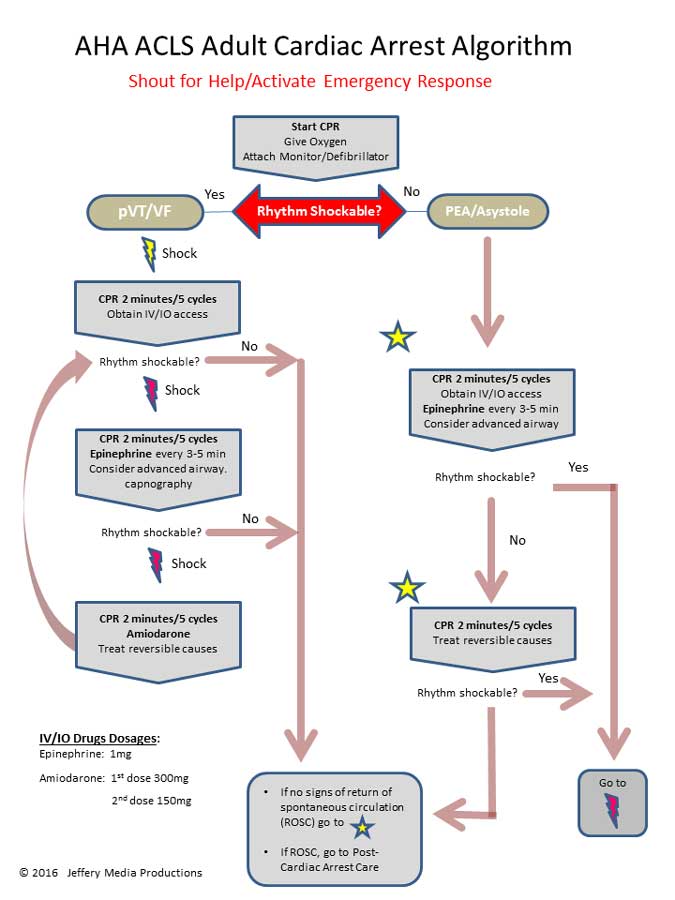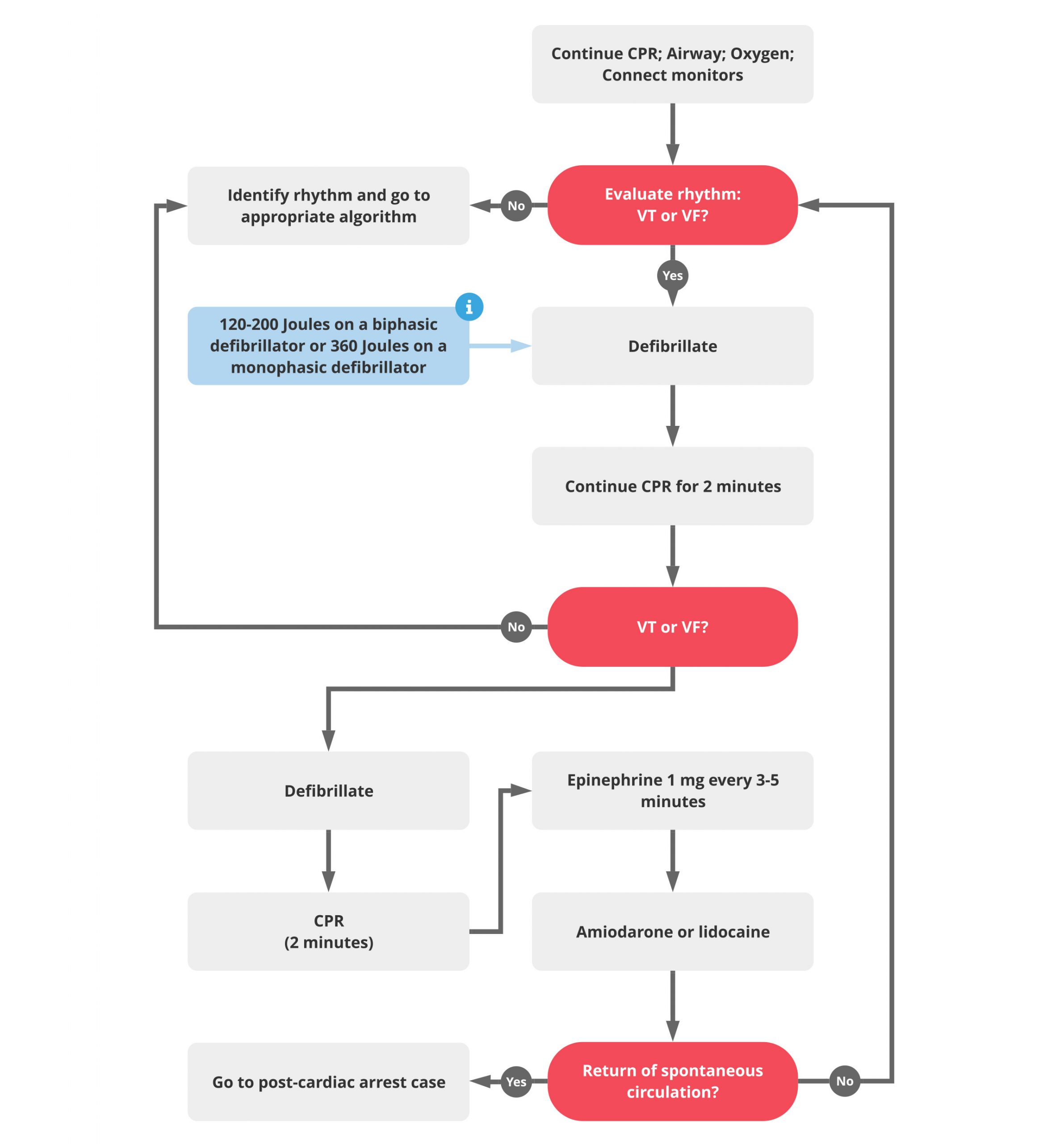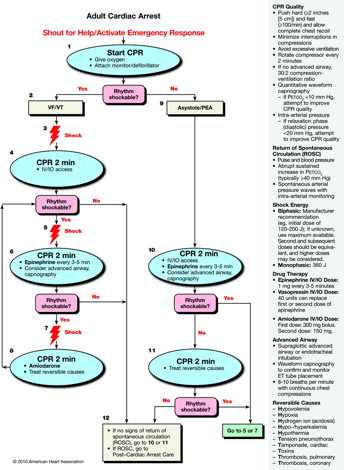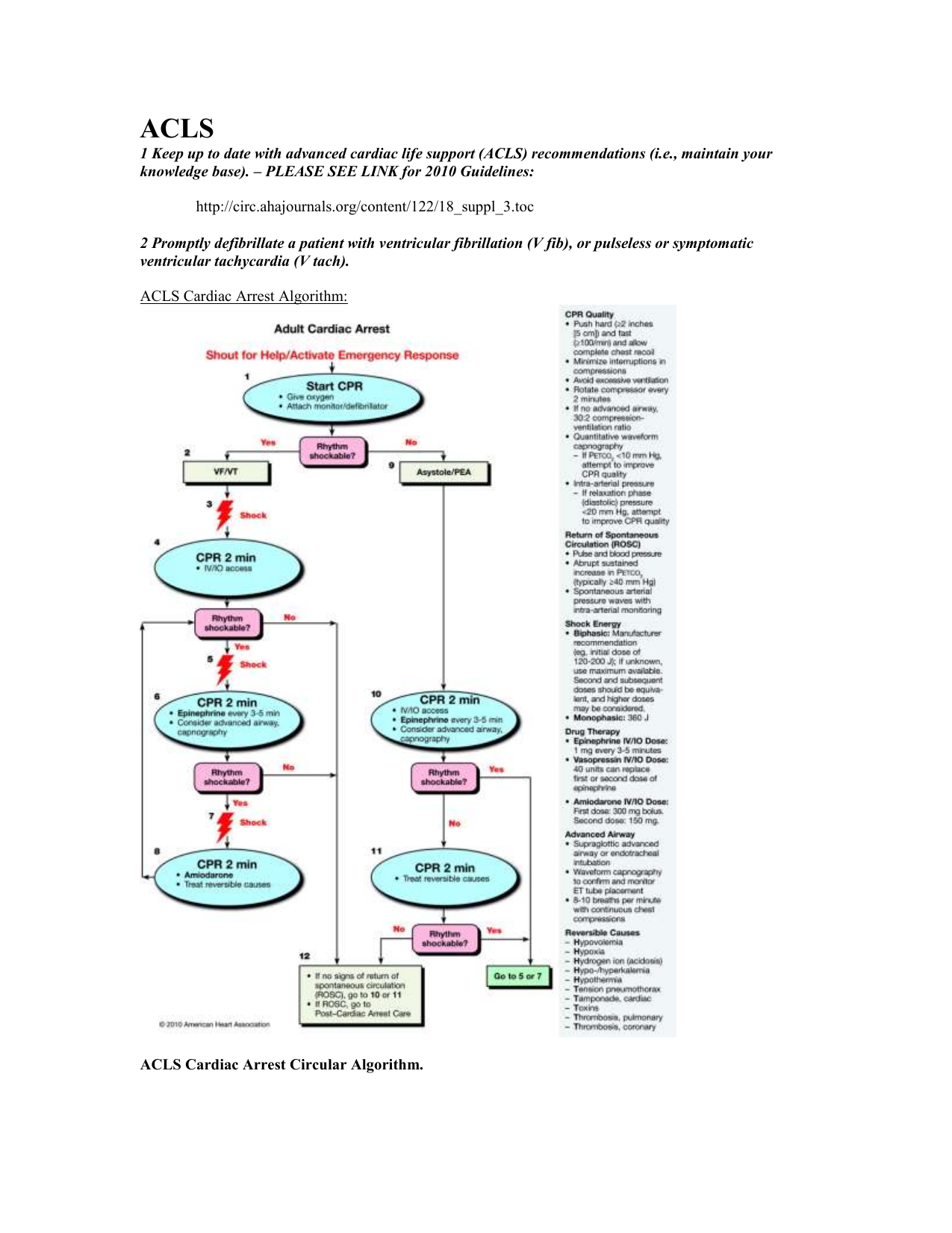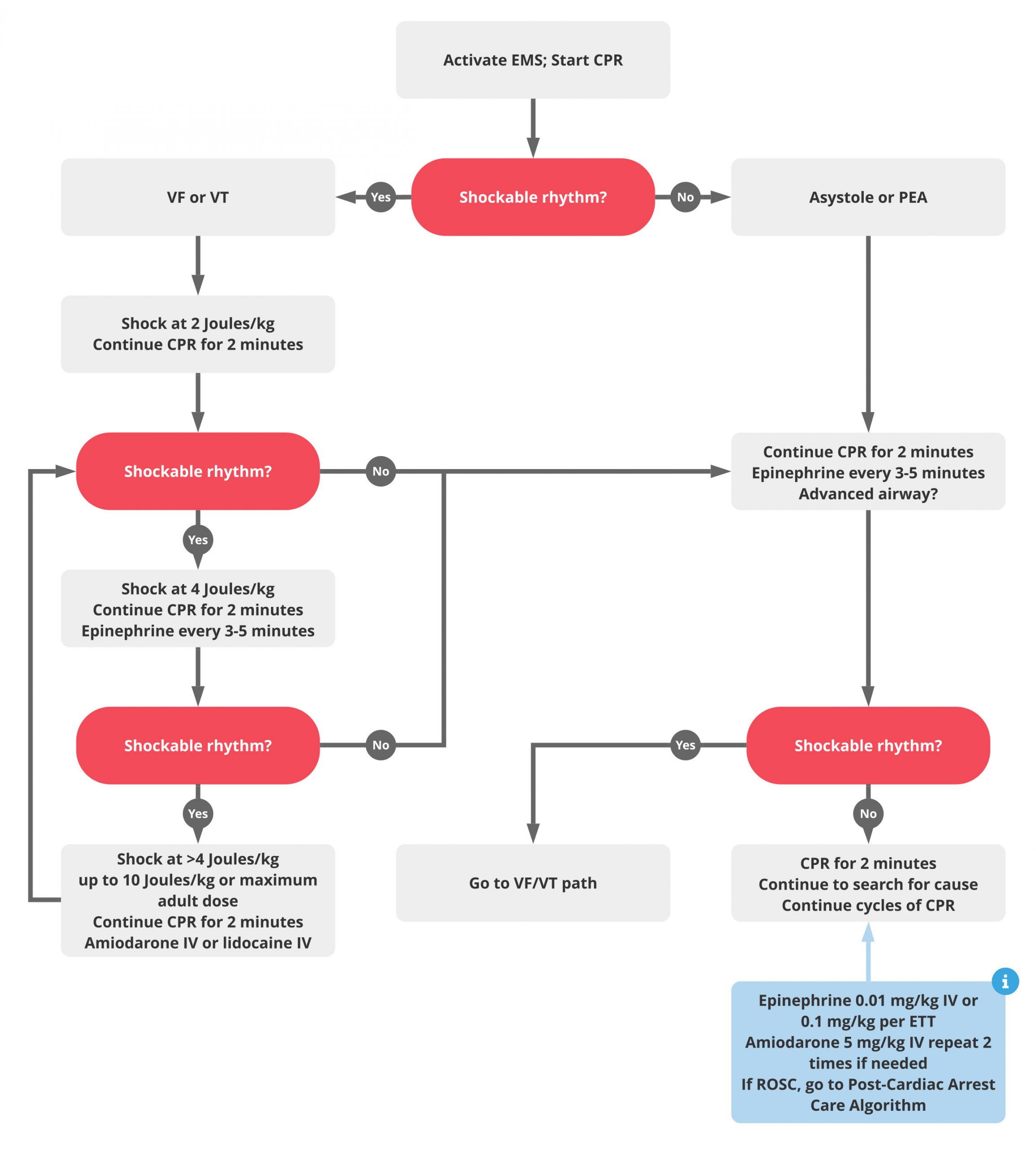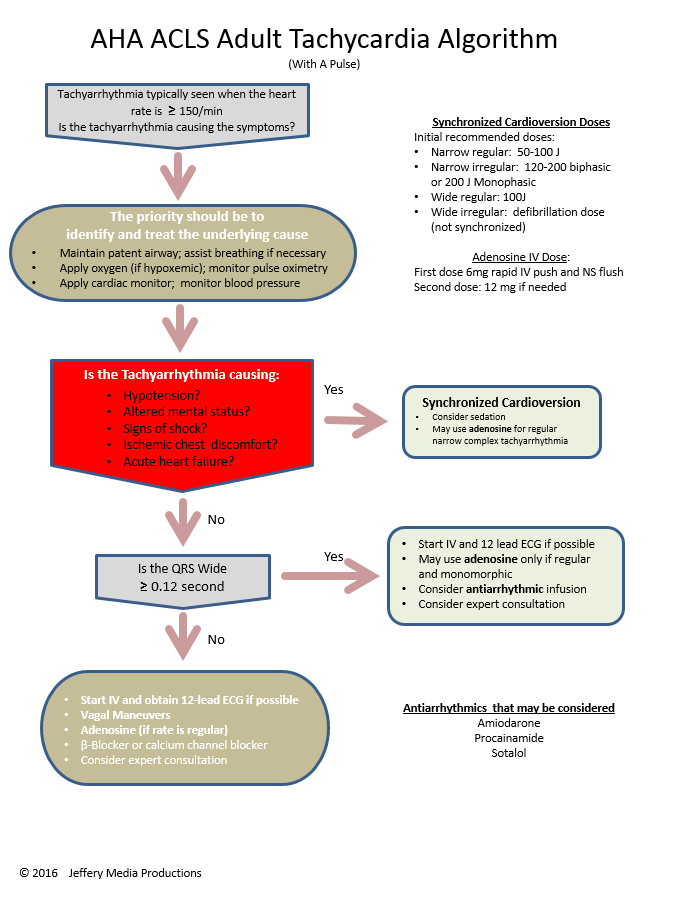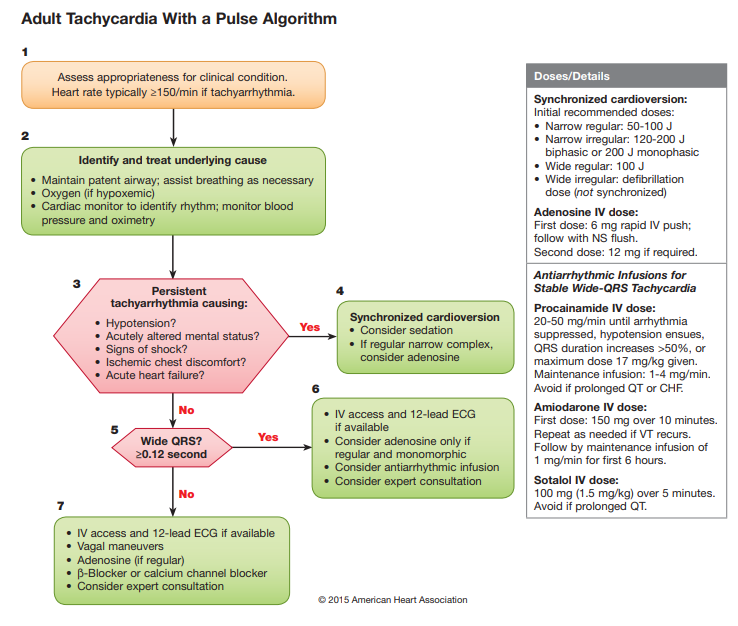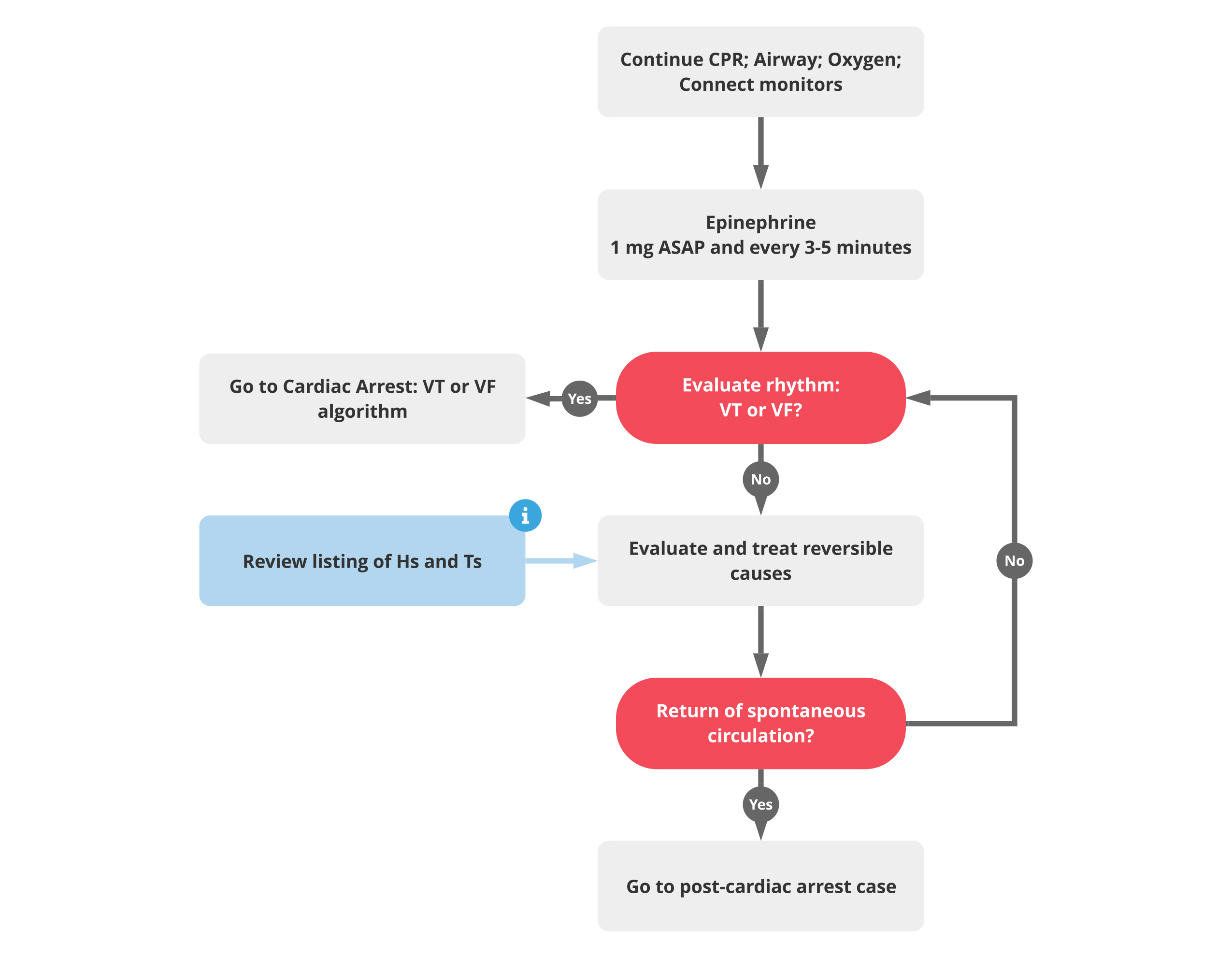V Fib Treatment Acls
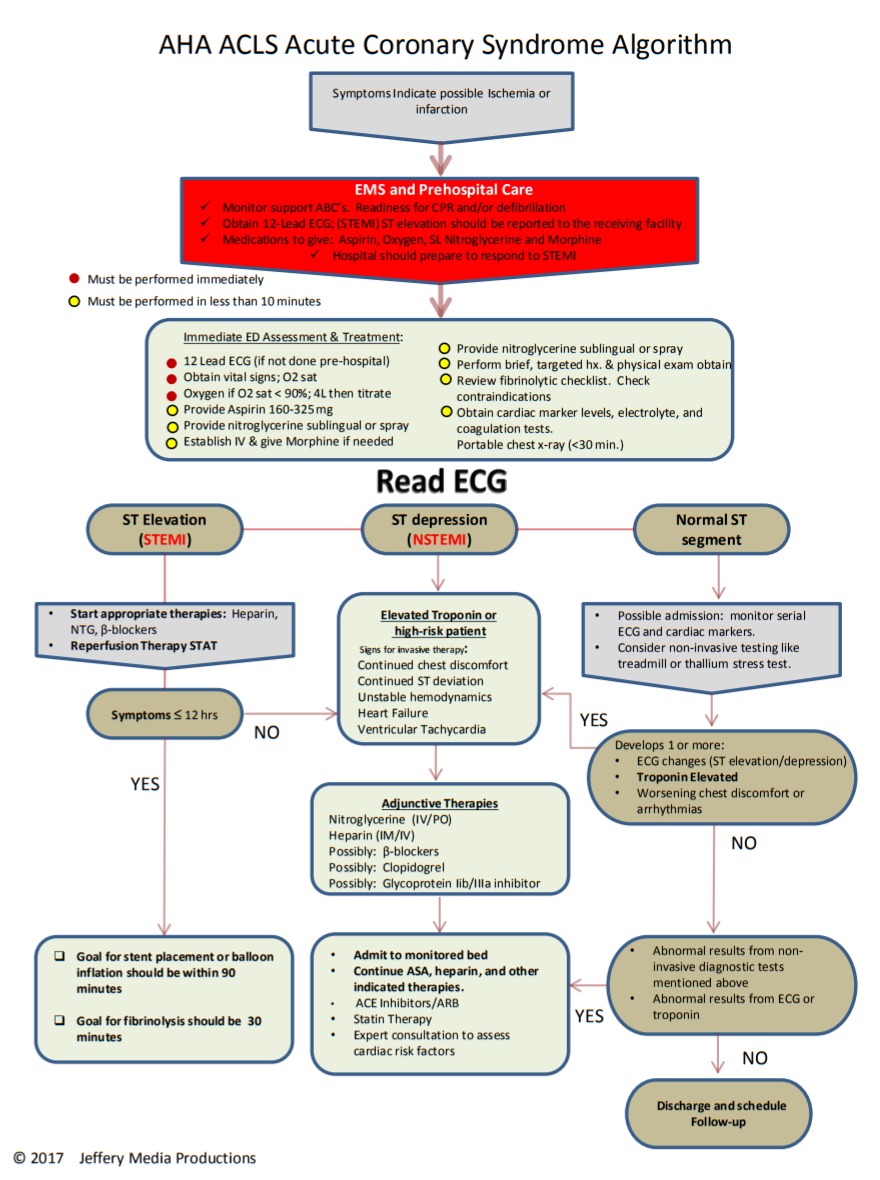
As the treatments for asystole and ventricular fibrillation are different it is important to differentiate between the two.
V fib treatment acls. Ventricular fibrillation vf and pulseless ventricular tachycardia vt are life threatening cardiac rhythms that result in ineffective ventricular contractions. Acls cardiac arrest vtach and vfib algorithm perform the initial assessment perform high quality cpr establish an airway and provide oxygen to keep oxygen saturation 94 monitor the victim s heart rhythm and blood pressure if the patient is in vtach or vfib this is a shockable rhythm apply defibrillator pads or paddles and shock the. Treatment modalities per acls v fib or v tach w o pulses are the only shock able rhythms. A week or so ago i re certified in acls advanced cardiac life support acls is a set of emergency clinical interventions for cardiac arrest stroke respiratory arrest etc which is basically a step above bls basic life support formerly known as cpr.
Ventricular fibrillation vf or v fib is the most common initial heart rhythm in patients with out of hospital cardiac arrest ohca and the most salvageable one. The appropriate adult cardiac arrest algorithm to use for ventricular fibrillation vf. Asystole and pea are also included in the cardiac arrest algorithm but are non shockable rhythms. 5 in vf the etiology of arrest is often attributed to either acute ischemia or non ischemic arrhythmia.
Acls certification in my case anyway is done through the american heart association and is only open to health care providers. If it is fine v fib you may terminate the rhythm. If in doubt it is acceptable to deliver a shock. Vf and pulseless vt are shockable rhythms and treated in similar fashion.
Vf figure 24 is a rapid quivering of the ventricular walls that prevents them from pumping. Vt vf it is also useful for the treatment of stable monomorphic vt with preserved ventricular function and for stable polymorphic vt with preserved left ventricular function normal qt interval and correction of any electrolyte imbalances. In acls lidocaine is used intravenously for the treatment of ventricular arrhythmias. The treatment of vf and pulseless vt ventricular fibrillation and pulseless ventricular tachycardia is included in the cardiac arrest algorithm.
The pulseless arrest algorithm has been established as the best practice in treating ventricular fibrillation. Start at 360j and continue at 360j with a mono phasic defibrillator high quality cpr epi or vasopressin 1st or 2nd dose amiodarone 300mg then 150mg 450mg max. However if the rhythm is asystole defibrillation will be ineffective and you can follow the asystole protocol with confidence.
